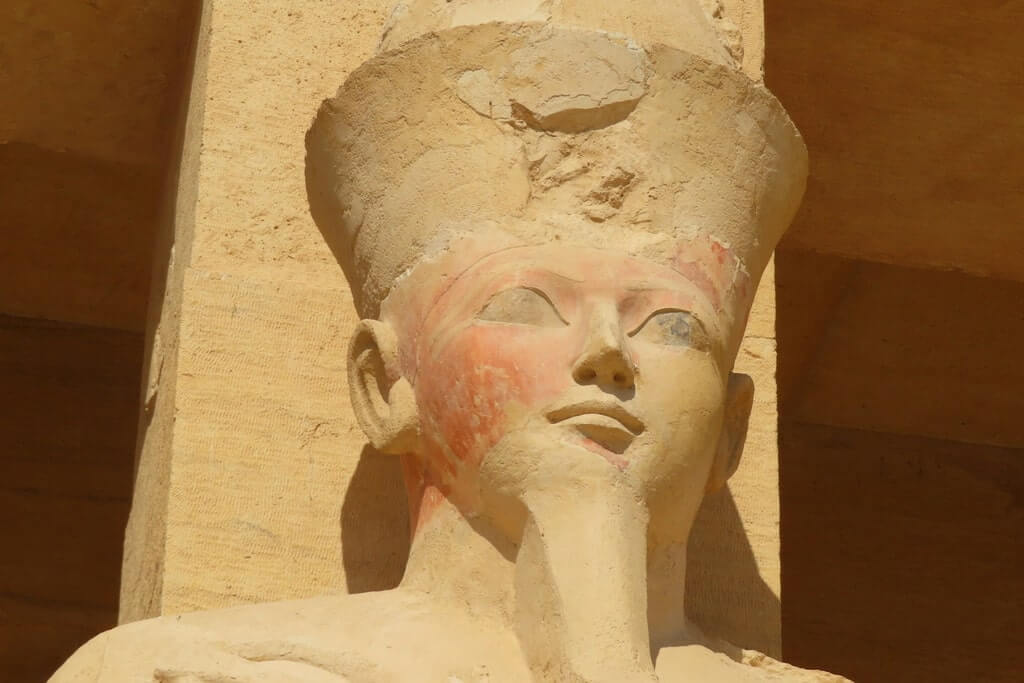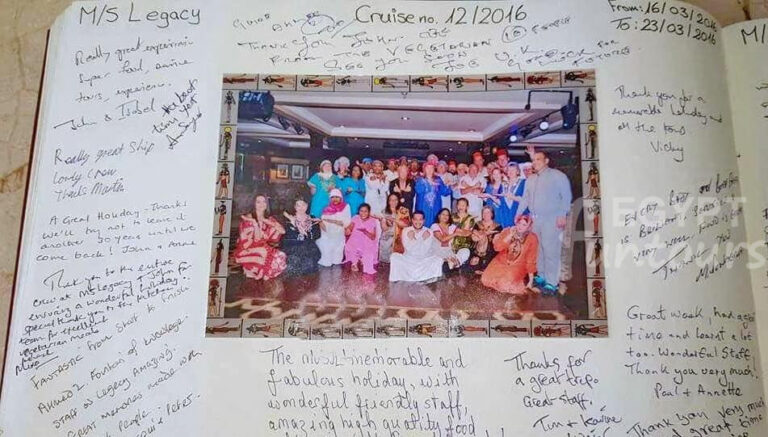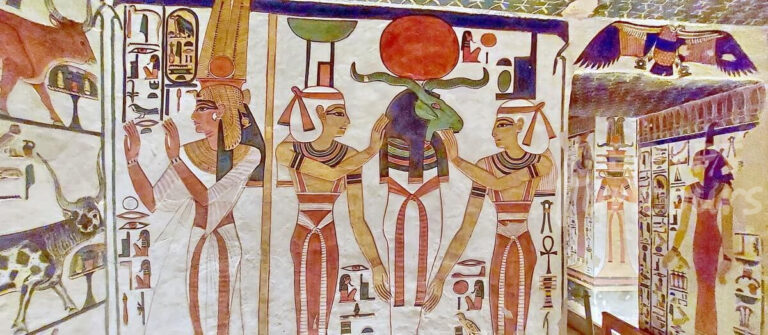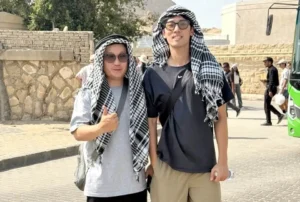When we examine the great rulers of the New Kingdom of Egypt, one figure stands alone. Queen Hatshepsut, whose name means “Foremost of Noble Women,” was a powerful pharaoh and one of the most successful rulers in ancient Egyptian history.
She was born in 1508 BC, the eldest daughter of King Thutmose I and the granddaughter of King Ahmose. While ancient Egyptians strongly opposed women as rulers, Queen Hatshepsut governed alongside her father, who taught her a great deal. She became an effective ruler not by waging constant war, but by building, trading, and mastering political propaganda.
This guide explores the life of Queen Hatshepsut, detailing the political genius she used to seize the throne, the peaceful prosperity of her twenty-year reign, the magnificent monuments she built, and the tragic attempt to erase her magnificent legacy.
Key Takeaways
- The Pharaoh: Queen Hatshepsut was the fifth pharaoh of the 18th Dynasty. She ruled for over 20 years.
- The Persona: She gained all the powers of a king and ordered artists to depict her with a ceremonial beard and male physique to assert her authority.
- The Title: She earned the high status of God’s Wife of Amun before becoming king.
- The Builder: She commissioned her masterpiece, the Mortuary Temple at Deir el-Bahari, planned by her chief minister, Senenmut.



























